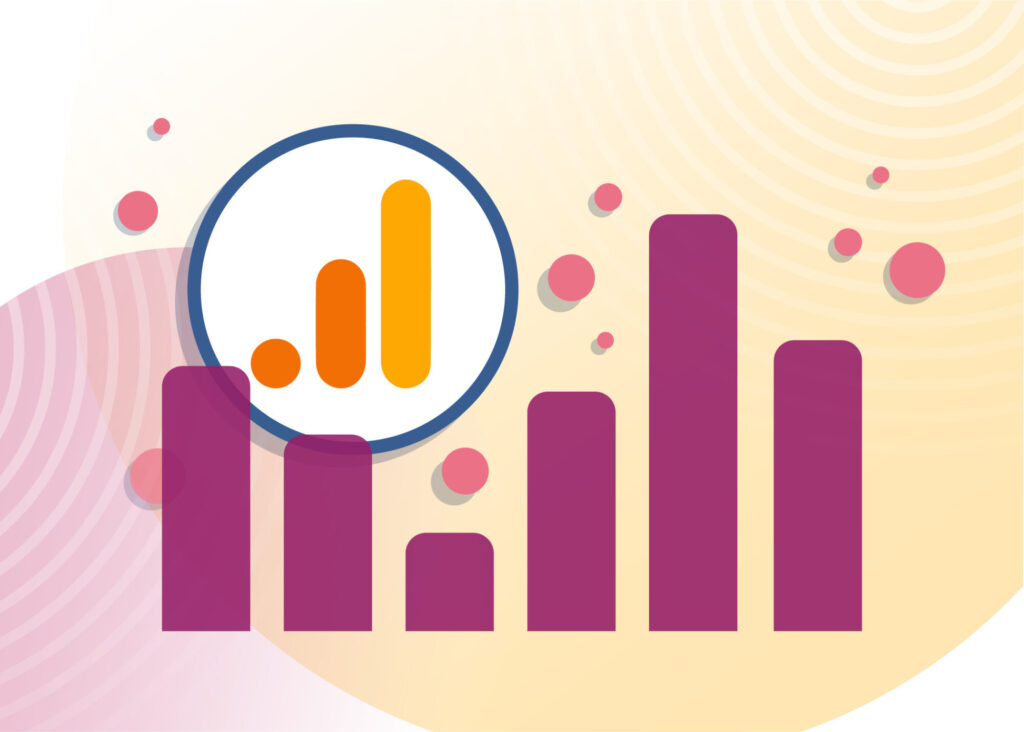30th Jan 2023
Why You Should Be Using the BigQuery Export for GA4
BigQuery has the power to take your reporting to the next level. Here's why!
Google Analytics
27 June 2022
Chris Lewis
GA4’s new attribution modelling settings could be transformative for your data. Let’s see how!

For years, users have been asking for better attribution modelling in Google Analytics. Universal Analytics always fell short, but Google has finally put attribution at the front and centre of its GA4 offering.
With Google recently announcing the sunsetting of Universal Analytics, now is the time to get to grips with GA4 attribution, and what it means for your business. If you want to read our thoughts on the positives and negatives of GA4, you can do so here.
For the entirety of its 10+ year lifespan, only one attribution model was available in Universal Analytics – last non-direct click. Last non-direct attribution works by giving credit to the last user touchpoint before a conversion, unless that touchpoint is direct, in which case the touchpoint before is used etc.
In practice that means the following: Let’s say a user clicks on a paid ad, then an organic listing, and then converts. The organic listing receives 100% of the credit for the eventual goal or sale. That hardly sounds fair in today’s multi-device, multi-touch world. Luckily, Google have taken this into account, and have finally brought out proper attribution modelling with their newest product GA4.

Not only is last-click attribution now one of several options in GA4; it isn’t even the default. In its place, we have the new Cross-channel data-driven model.
Let’s see what Google have to say about their newest model:
“Data-driven attribution distributes credit for the conversion based on data for each conversion event. It’s different from the other models because it uses your account’s data to calculate the actual contribution of each click interaction.”
Not convinced? Let’s unpack what that actually means.
What Google is doing, in their own words, is “algorithmically assigning fractional conversion credit to marketing touchpoints”. In essence, Google examines all session paths of both converting and non-converting users, to see which paths are most likely to convert. Paths are then compared against one another for small changes that impact conversion rates. Additional signals such as time from conversion, device type, ad interactions, order of ad exposure, asset type etc. are also used to inform conversion probabilities.
Here’s a simple example. Google analyses that your site has a conversion rate of 3% for all users that click a paid ad, and then a social media post. Conversely your site has a 2% conversion rate for users that click a paid ad, and then an organic listing. The 50% uplift is then attributed to social media, with the result being social media deriving higher conversion value than organic across all relevant conversions.
Google Ads users will be familiar with the other available attribution models. Position-based, time decay and first click models are all available, although the use cases for these are probably quite narrow.
If you really want to make your Google Analytics data match your Google Ads, you can also use the ads-preferred last click model, which is the model Google Ads has used for years. This model simply finds the last Google Ads click, and apportions 100% of the conversion to that click.

We all know that users do not convert in the seamless way we’d like them to. Last click attribution is no longer fit for purpose, and I for one am glad we are seeing a shift in focus from Google. The hope is that better attribution and modelling will lead to less wasted marketing spend across the whole funnel. Google Ads will handle the change automatically, and begin to optimise your campaigns to modelled conversions. Third-party platforms will need manual intervention, but the data coming out of GA should be more representative of the real-world value of these platforms. In theory, that will mean more efficient marketing campaigns.
My major concern with the new data driven attribution settings (and this same concern goes for most of Google’s recent updates) is that they are taking power and visibility away from the user.
You will never know how Google decides to apportion conversions in your account. The optimist in me hopes that Google’s intelligent data models and machine learning will make your reporting more accurate than ever; finally giving the correct credit to early funnel interactions.
The sceptic in me realises that Google have always used their analytics platform as a means to make more money via Google Ads. Don’t be surprised if data-driven attribution apportions more conversions to your Google Ads account, and, when combined with automated bidding strategies, leads to increased spend.
The truth is, Google is automating more and more of the marketing process whether we like it or not. Most of that automation has proved to be beneficial, and I’m sure better attribution modelling will help businesses meet their goals. The trouble is, even if it doesn’t, you won’t know a thing about it!
30th Jan 2023
BigQuery has the power to take your reporting to the next level. Here's why!
29th Jun 2022
The GA conversion import isn't fit for purpose. There's a far better alternative.
21st Jun 2022
A look at the positives and negatives of Google's newest analytics product.
